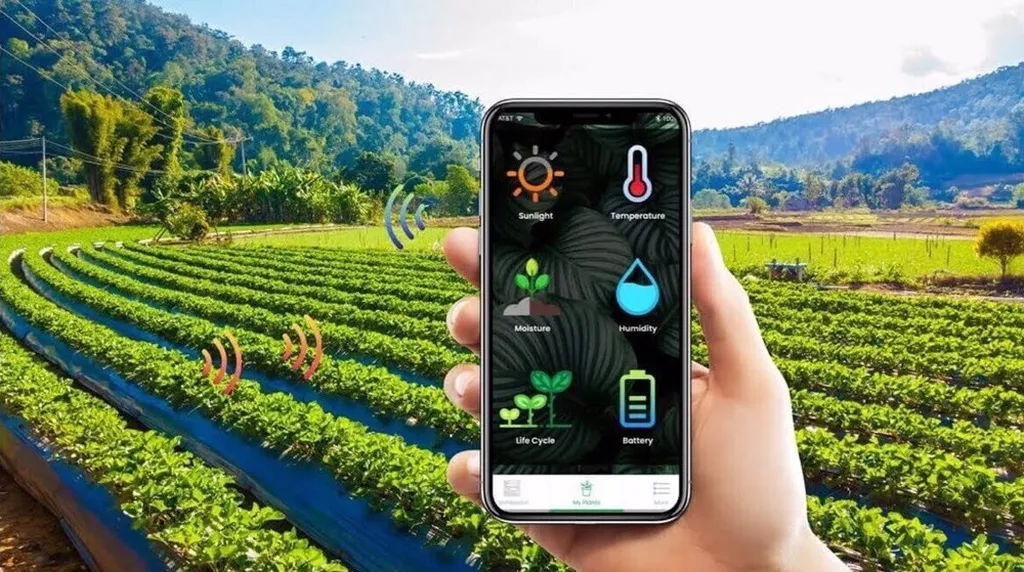In the heart of Iran’s Dehloran County, a groundbreaking study is reshaping the way we think about silage corn farming and its environmental footprint. Led by Amir Azizpanah from the Department of Biosystem Mechanic Engineering at Ilam University, this research is not just about growing corn—it’s about growing it smarter, cleaner, and more efficiently.
The study, published in *Results in Engineering* (which translates to *Engineering Results*), combines two powerful analytical tools: Life Cycle Assessment (LCA) and Data Envelopment Analysis (DEA). This dynamic duo allows farmers to optimize their inputs while significantly reducing environmental impacts. “By integrating LCA and DEA, we can identify inefficiencies and link them directly to environmental burdens,” Azizpanah explains. “This gives us a clear path to sustainability.”
The findings are striking. Currently, silage corn production in the region consumes a staggering 84,766.00 MJ of energy per hectare, with electricity, diesel, and nitrogen fertilizers being the biggest culprits. However, the study reveals that 54.38% of farms are already operating efficiently. For the rest, there’s room for improvement—up to a 14.45% reduction in inputs, translating to energy savings of 9294.85 MJ per hectare.
But the benefits don’t stop at energy efficiency. Post-optimization, the environmental impacts are substantially reduced. Respiratory inorganics, terrestrial ecotoxicity, and global warming potential all see significant decreases. “The environmental benefits are clear,” says Azizpanah. “We’re talking about improvements in human health, ecosystem quality, and climate change mitigation.”
So, what does this mean for the future of agriculture and the energy sector? For one, it highlights the potential of precision agriculture. By using data-driven insights, farmers can make more informed decisions about resource use, leading to both cost savings and environmental benefits. “Precision agriculture is not just a buzzword; it’s a practical tool for sustainability,” Azizpanah notes.
The study also underscores the importance of renewable energy adoption. As farms reduce their reliance on diesel and electricity, they open the door to cleaner, greener alternatives. This shift could have ripple effects across the energy sector, driving demand for renewable technologies and creating new opportunities for innovation.
Moreover, the research provides a replicable framework for other agricultural systems. The integration of LCA and DEA offers a powerful model for optimizing resource use and minimizing environmental impact. “This isn’t just about silage corn,” Azizpanah says. “It’s about creating a sustainable future for all types of farming.”
In the end, this study is a call to action. It’s a reminder that sustainability and profitability can go hand in hand. By embracing precision agriculture, renewable energy, and optimized resource use, farmers can reduce their environmental footprint while improving their bottom line. And for the energy sector, it’s an opportunity to innovate and adapt to the changing needs of agriculture.
As we look to the future, one thing is clear: the path to sustainable agriculture is paved with data, driven by innovation, and powered by a commitment to environmental stewardship. And with researchers like Amir Azizpanah leading the way, that future is looking brighter than ever.

